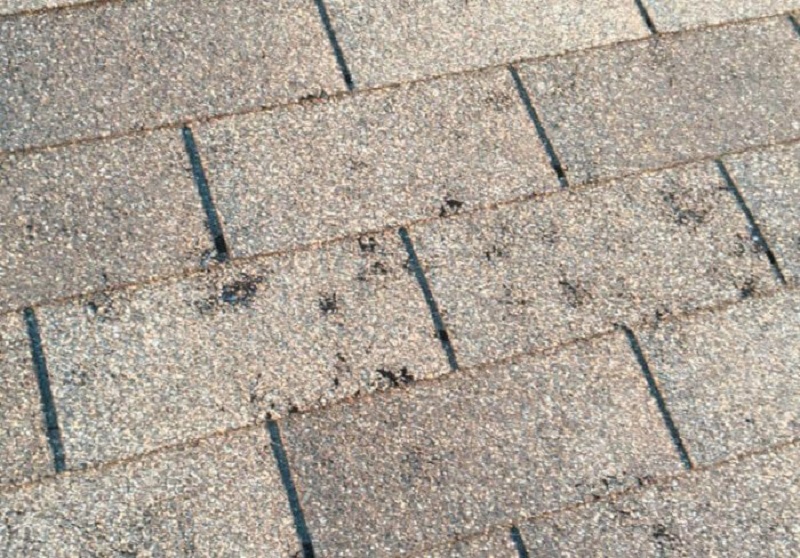In Texas, homeowners often face hail of unbelievable sizes. Some are larger than a golf ball, for example. A chunk of ice of this size can easily shatter a window, tear off roofing shingles, or smash in your siding.
A single hailstorm can lead to thousands of hail damage insurance claims all at once. To an insurance company, that’s overwhelming. They only have so many adjusters to send out at once. As such, the insurance claims process becomes drawn-out.
As a homeowner, you need to know about hail damage insurance claims. Learning about the process now can help you save time and money when you finally need to put in a claim of your very own.
 |
| Roof Hail Damage |
After a Hailstorm
The steps immediately after a hailstorm are crucial. If a hailstorm battered your home, here are some things to remember:
- Write down the exact date and time of the storm.
- Take photographs of your home, yard, and possessions after the hailstorm—focus on areas of damage. The more photos, the better.
- Inspect your roof for signs of hail damage, such as missing or broken shingles. If you’re unsure about venturing up on the roof, use binoculars.
- Find a tape measure and measure the size of the hailstones, then take photographs of the evidence.
- Do not forget about your exterior air conditioning unit. It can take quite a beating from hailstones.
When to File a Hail Damage Claim
As Texas is one of the most hail-prone states in the country, it makes sense to have an insurance policy that covers hail damage. However, even with coverage, most property owners don’t know when to file a claim. They think that, in order to file such a claim, they need to have a roof leak, for example. That’s not the case, though. Hail can lead to a lot of roofing damage without a leak whatsoever.
For the most part, standard homeowners’ insurance policies require you to file a claim within one year of the hailstorm. It’s better not to wait that long, though. File your claim as soon as possible.
When it comes to filing a claim, you want to ensure the insurance pay out exceeds your deductible. If your house endures, say, $2,000 worth of damage but you have a $1,000 deductible, it might not be smart to file a claim. The claim will certainly raise your rates—costing you more money in the long-run.
In the event of a hailstorm, find a local roofing company capable of providing hail damage roof repairs at a moment’s notice.
July 31, 2019
Leave a comment
